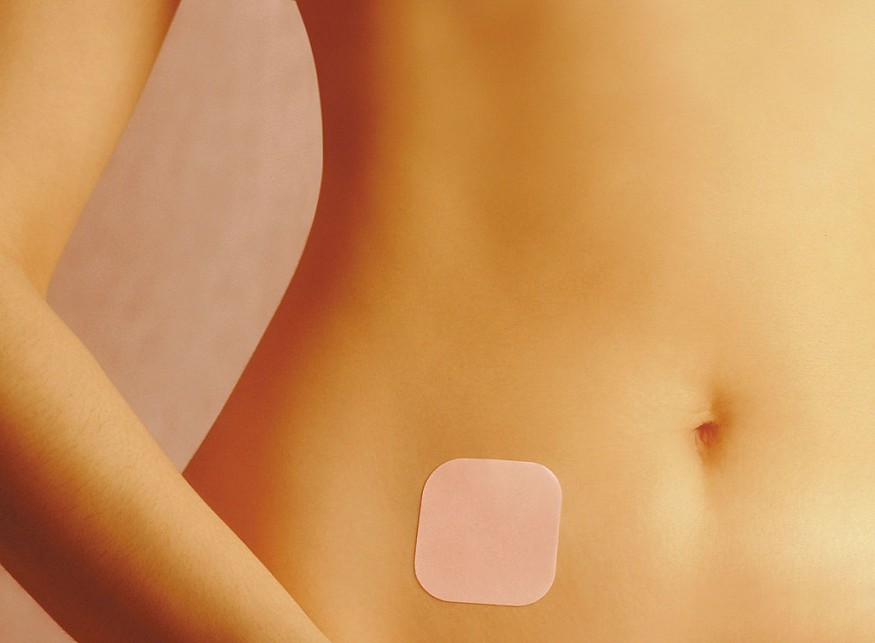
Researchers have developed a groundbreaking skin patch that harnesses electricity to combat bacterial infections without relying on traditional drugs.
This innovative device, known as Bioelectronic Localized Antimicrobial Stimulation Therapy (BLAST), delivers weak electrical currents to the skin, offering a potential solution to the growing problem of antibiotic-resistant bacteria.
New Electric Skin Patch Offers Drug-Free Solution to Bacterial Infections
The study detailing this exciting advancement was published in the journal Device on October 24. The BLAST patch functions by using small electrodes to send a harmless electric current into the skin, effectively targeting harmful bacteria while leaving beneficial ones unharmed.
Researchers conducted tests on pig skin, which closely resembles human skin, to evaluate the patch's effectiveness against Staphylococcus epidermidis, a bacterium commonly found on healthy skin.
Although S. epidermidis is usually harmless and helps protect against infections, it can cause serious health issues if it enters the body through cuts or contaminated medical devices, said Science Daily.
Patch Halts Bacterial Biofilm Formation with Electric Stimulation
One of the significant findings of the research is a phenomenon called "selective excitability," where S. epidermidis reduces its ability to form biofilms when exposed to electrical stimulation.
Biofilms are clusters of bacteria that can resist treatment and lead to persistent infections. However, the bacteria only respond to electricity in an acidic environment, similar to healthy skin.
To ensure the patch works effectively, researchers added a special hydrogel that maintains the acidic condition beneath the device.
In the tests, the BLAST patch was shown to stop nearly all biofilm formation on the bacteria when the skin was in the right condition. This discovery suggests that the patch could be an effective preventative measure against infections, especially in medical settings where devices like catheters are used.
Reducing the need for antibiotics could also help combat the rising threat of drug-resistant bacteria. Researchers plan to conduct further studies to determine if other bacteria can be similarly influenced by electrical stimulation.
If successful, the BLAST patch could be a game-changer in the fight against skin infections and antibiotic resistance. They hope to begin animal testing soon and eventually move to clinical trials with humans, potentially bringing this innovative treatment to market within five years.
© 2025 ScienceTimes.com All rights reserved. Do not reproduce without permission. The window to the world of Science Times.












